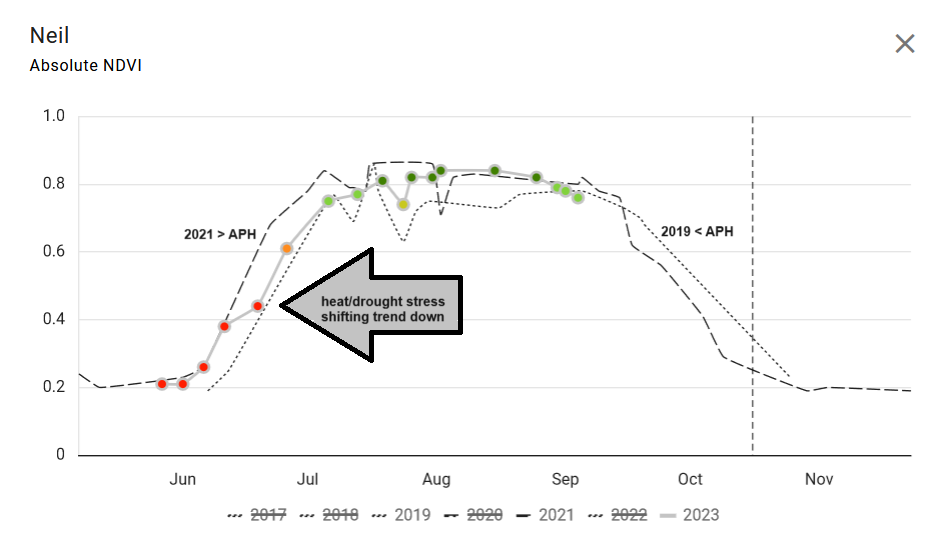In recent years, we have witnessed an exponential increase in the abundance of data across all industries, and agriculture is no different. Agribusiness stakeholders must reconcile how to collect and analyze field data to improve the management of their operations. There is an unprecedented opportunity to take a more tailored approach that generates higher productivity and profitability while increasing transparency and mitigating volatility and risk in the supply chain. Yet, an adoption lag persists in the market because stakeholders are struggling to assign economic value to the data.
Unlocking the hidden potential of field data can help stakeholders make informed decisions that simultaneously enhance profits and mitigate environmental impact.
Leading the way forward
Amid the challenges of unpredictable weather, fluctuating market conditions, and geopolitical uncertainties, farmers are expected to do more with fewer resources.
For the past 10 years, Ceres has dedicated itself to building the right tools to help farmers, ag retailers, crop insurers, ag lenders, and sustainability partners efficiently interpret millions of data points collected from multiple crops and years in record time.
This means that Ceres end users spend more time making important decisions related to their business and less time sifting through data.
Advancement to new horizons
Over the years, Ceres has built a team of scientists, engineers, and agronomists who are passionate about artificial intelligence and sustainable agriculture and constantly innovating within the field. I
At this cornfield, 70% of the expected nitrogen needed was applied before planting. The crop thrived initially with optimal conditions. However, as the mid-season arrived, persistent heat and drought stressed the crop. During this phase, the tool came into play, assessing in-season performance against benchmark years and uncovering a declining trend. Recognizing potential challenges in achieving average yields, a strategic decision was made to skip the extra nitrogen application.
This decision, backed by data-driven insights, proved pivotal. It not only optimized resource usage, but also resulted in substantial cost savings, amounting to $50 per acre across the entire farmland. This remarkable outcome translated into an impressive 700% return on investment, displaying the transformative impact of Ceres' innovative approach to sustainable agriculture.
This is just an example of how farmers are using data to unlock the hidden potential of field data, fostering sustainable practices, increasing productivity, and contributing to the overall resilience and efficiency of the agricultural sector.

Supporting operations across the globe
Ceres supports its end users across four continents and over 40 crop types. A science-driven organization, Ceres strives to build the right tools to help these stakeholders make the most of their limited resources. Below are some specific ways in which Ceres stakeholders utilize its technology:
- Growers and Farm Management Operators track field-level trends over time to make operational adjustments, improve efficiency, and mitigate yield loss risk.
- Capital Management firms quickly and proactively monitor their portfolios and conduct thorough due diligence when acquiring new farmland.
- Insurance providers improve claims and underwriting accuracy and efficiency while lowering risk exposure and keeping their loss ratio within their ideal range.
It’s never been more important to unlock the hidden potential of field data. The exponential growth in data, and the expertise of and solutions delivered by Ceres, now make that easier than ever.
